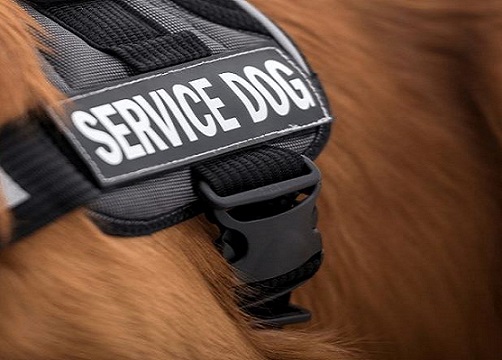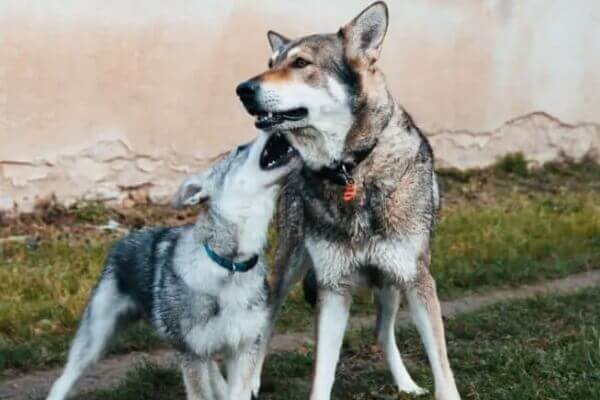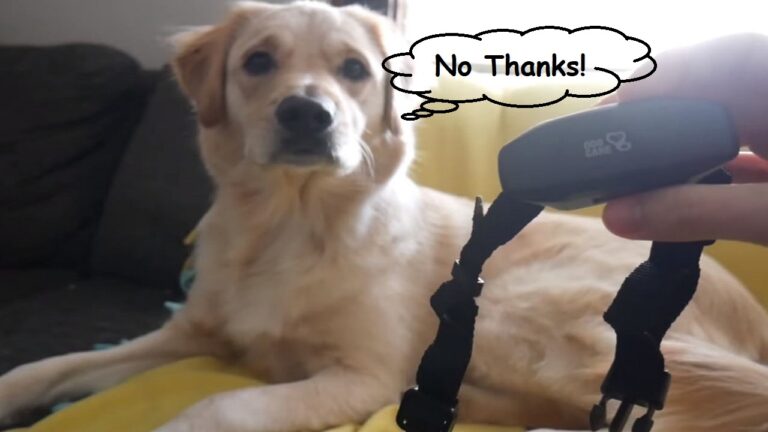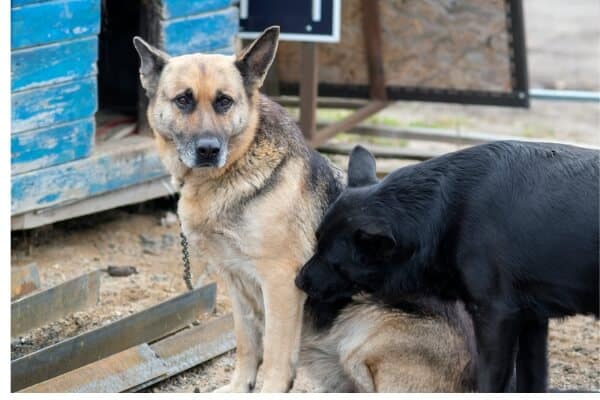Tips for training abused dogs
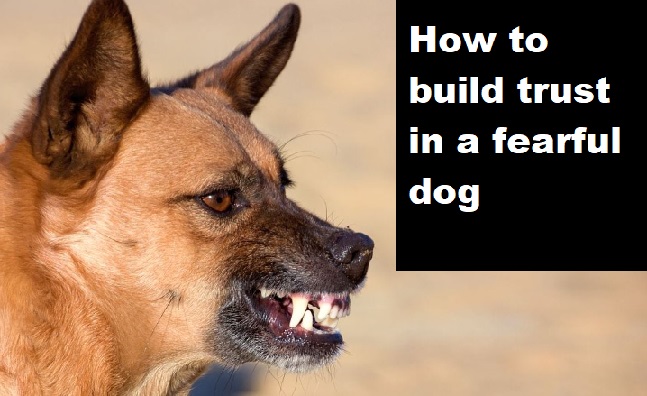
I understand why you’re here. You’ve welcomed a dog with a difficult past who may have learned to fear humans, and now you want to help your new friend feel safe.
Dr. Helen Cowie’s studies show that annimal cruelty remains a significant issue. Infact, i’ve had the privilege of working with a few dogs who’ve faced some really tough situations. I’m talking about pups who flinch at a raised hand, hide from loud noises, or just seem to carry this constant weight of fear.
I want to share some of what I’ve learned to help you make this journey smoother and show you that, yes, with love and patience, abused dogs can be trained.
Read Also: Are bark collars safe or bad for dogs?
So, can abused dogs be trained?
One of the first things I had to understand was that training doesn’t start with commands or treats – it starts with trust. I remember a rescue dog I once worked with. The poor thing wouldn’t even come out from under the table for the first couple of days.
He had learned somewhere along the way that people weren’t to be trusted. Building trust was the key to helping him heal.
Here’s what worked for me:
- Create a Safe Space: I set up a quiet corner in my living room with a soft blanket and his favorite toy. This became his little sanctuary. It took time, but slowly, he started to relax in his safe spot. Trust me, having a place where they feel secure can make a world of difference.
- Let Them Come to You: Instead of forcing interactions, I let him decide when he was ready to approach me. I’d sit quietly nearby, reading or just talking to him softly. The first time he nudged my hand with his nose, I felt like I’d won the lottery!
- Be Patient with Eye Contact: For dogs who have been mistreated, direct eye contact can feel like a challenge or a threat. I made a point to keep my eyes soft, and my body language relaxed. It took a while, but he eventually started looking back with those big, trusting eyes.
How to train an abused dog

These dogs have been through enough, so forget about punishment or negative reactions. Here’s what I’ve found really works:
- High-Value Treats: You need to figure out what they love the most – be it cheese, chicken, or a certain type of dog biscuit. One of my dogs was crazy about small bits of cheese. I’d use it as a treat, and man, did he start listening!
- Use Gentle Praise: A lot of people underestimate the power of a gentle voice. Every time my dog did something good, even if it was just sitting quietly, I’d say “Good boy!” in a cheerful tone. I swear he’d get this little sparkle in his eyes every time.
- Keep It Short and Sweet: I learned quickly that keeping training sessions short – like 5 to 10 minutes – worked best. Dogs with a rough past can get overwhelmed easily. Instead of one long session, I’d break it into multiple short ones throughout the day. Little by little, progress started showing.
1. Understand their body language and signals
A big part of training is learning to understand your dog’s unique way of communicating. I remember a dog I worked with who would yawn constantly – not because he was tired, but because he was stressed. You should Recognise those little signs to know when to push forward and when to take a step back.
- Look for the Signs of Stress: Pay attention to things like a tucked tail, ears pinned back, or even lip licking. These are all signs your dog might be feeling overwhelmed. If you see any of these, it’s time to pause and give them some space.
- Celebrate Relaxed Behavior: I’d always give extra love and treats whenever I noticed my dog showing relaxed behavior – ike a wagging tail or a soft, loose body. Reinforcing this relaxed state helped him feel more comfortable in his own skin.
- Respect Their Signals: If they growl or snap, they’re not being “bad” – they’re just scared or trying to communicate. I had to learn to see these reactions not as failures but as opportunities to understand what was making them uncomfortable.
2. Stick to a routine
Consistency is your best friend here. Abused dogs often thrive on routine because it helps them feel secure. I created a daily schedule for feeding, walks, training, and even playtime.
- Set a Predictable Routine: I fed my dog at the same times every day, took him for walks at regular intervals, and made sure training sessions were scheduled. This structure helped him know what to expect and feel more at ease.
- Practice Endless Patience: Let me tell you, there were days when I felt like giving up. But every little breakthrough – no matter how tiny – was a reason to keep going. I had to remind myself that patience wasn’t just about waiting, but about actively showing up every day with the same love and support.
Don’t Be Afraid to Seek Professional Help
There’s no shame in reaching out for help when you need it. I did, and it made a world of difference.
- Find a Good Dog Trainer: I found a fantastic trainer who specialized in positive reinforcement techniques for fearful dogs. Working with her gave me new tools and confidence. It was a game-changer for both me and my dog.
- Consider Therapy Programs: Some dogs respond really well to structured activities like agility training or scent work. I tried agility training with one of my rescues, and it was like watching him come alive! These programs can really help build confidence.
- Consult a Vet or Behaviorist: If things seem too overwhelming, a vet or behaviorist can help rule out any underlying health issues that might be affecting your dog’s behavior.
Final thoughts
Absolutely, yes! With patience, empathy, and a whole lot of love, you can help them transform from fearful pups into confident companions. Remember, training an abused dog isn’t just about teaching commands – it’s about healing hearts.
You’re already on the right track by caring enough to search for answers.
Read Also: How to Stop Your Dog from Barking at Night
Read related posts about

